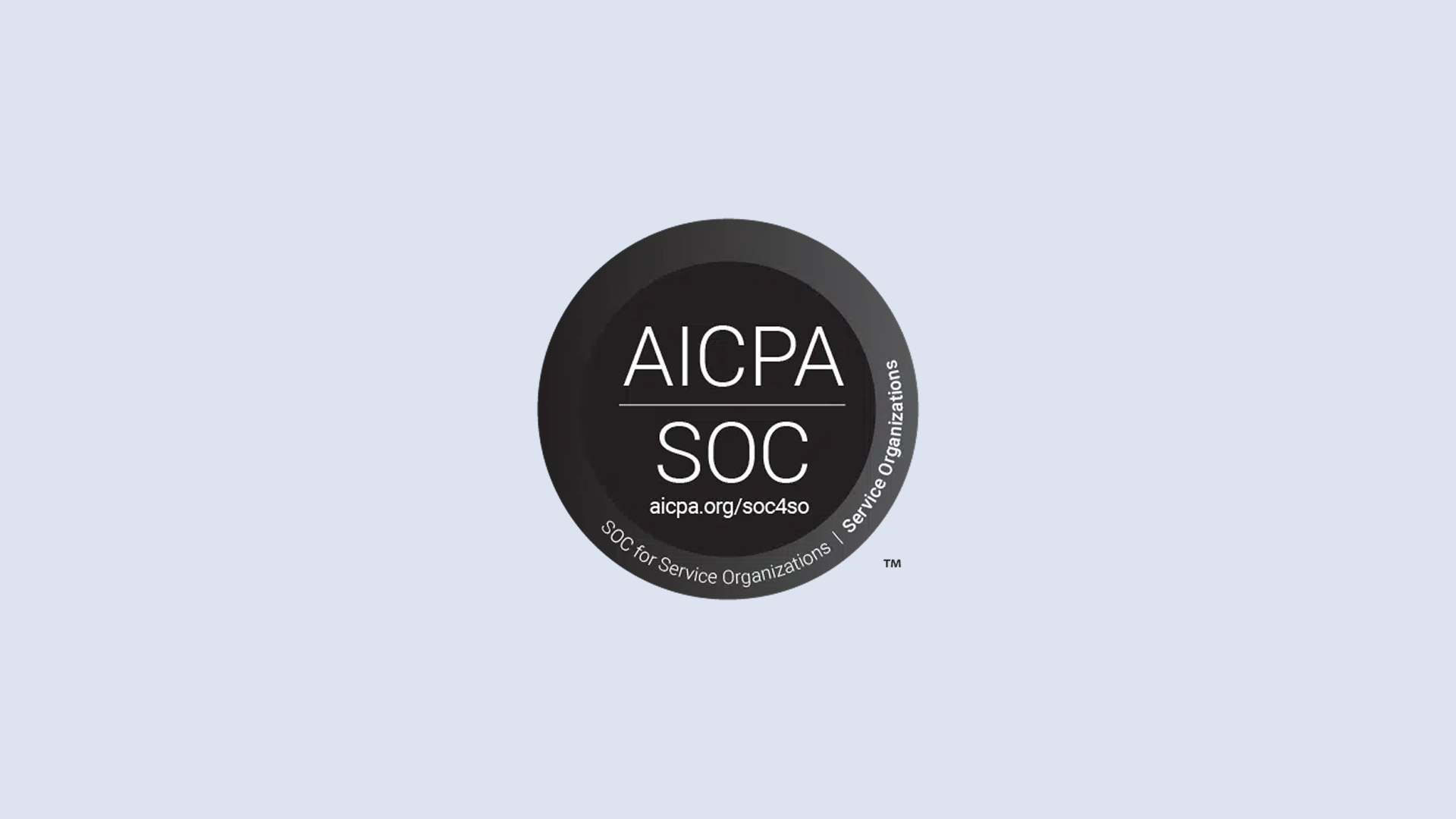Child ADHD SNAP IV 26
Summary
The SNAP-IV 26-item scale is an abbreviated version of the Swanson, Nolan, and Pelham (SNAP) Questionnaire (Swanson, 1992; Swanson et al., 1983). Items from the DSM-IV criteria for attention-deficit/hyperactivity disorder (ADHD) are included for the two subsets of symptoms: Inattention (items 1–9) and Hyperactivity/Impulsivity (items 10–18). Also, items from the DSM-IV criteria for oppositional defiant disorder (ODD) are included (items 19–26) because ODD is often present in children with ADHD. The scale can be used by the parents and teacher of children and adolescents between the ages of 8 to 18.
Psychometric Properties of the SNAP-IV
To examine Swanson, Nolan, and Pelham-IV (SNAP-IV) psychometric properties, parent (N = 1,613) and teacher (N = 1,205) data were collected from a random elementary school student sample in a longitudinal attention deficit hyperactivity disorder (ADHD) detection study. SNAP-IV reliability was acceptable. Factor structure indicated two ADHD factors and an oppositional defiant disorder (ODD) factor. Parent and teacher scores varied by gender and poverty status (d = .49-.56) but not age; only teacher scores varied by race (d = .25-.55). Screening and diagnostic utility was evaluated with likelihood ratios (LRs) and posttest probabilities. Parent SNAP-IV scores above 1.2 increased probability of concern (LR > 10) and above 1.8, of ADHD diagnosis (LR > 3). Teacher hyperactivity/impulsivity scores above 1.2 and inattention scores above 1.8 increased probabilities of concern only (LR = 4.2 and >5, respectively). Higher teacher scores for African American children and race differences in measurement models require future study.
Sources:
1. https://pubmed.ncbi.nlm.nih.gov/18310593/
2. https://www.ncbi.nlm.nih.gov/pmc/articles/PMC3623293/
3. http://www.shared-care.ca/files/Scoring_for_SNAP_IV_Guide_26-item.pdf













